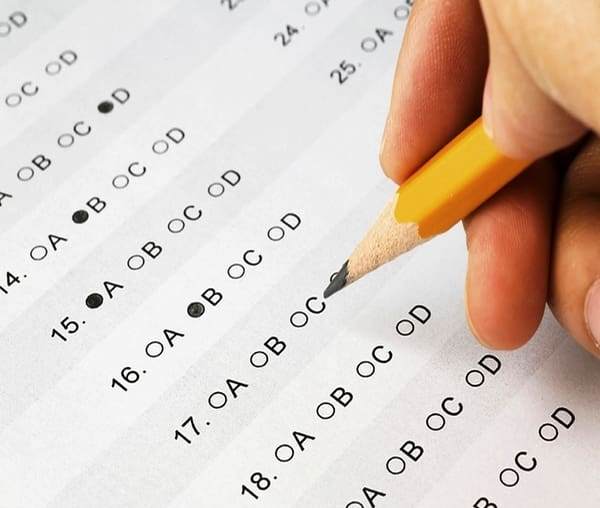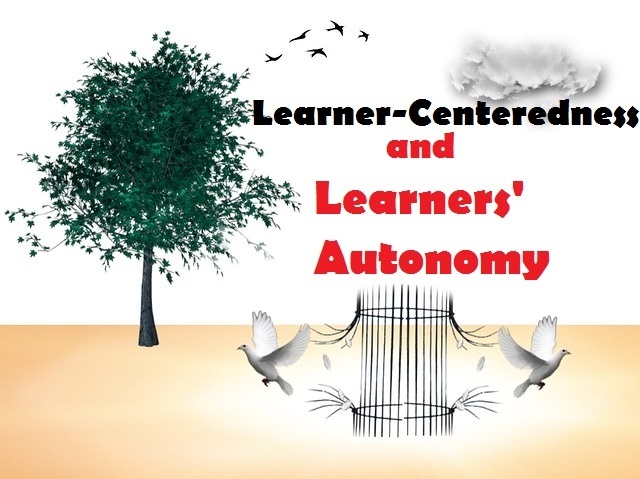Multiple-Choice Testing
In the last few years, multiple-choice testing (MCT) has become the most common way of evaluating learners in many schools and language programs, and the number is increasing by the year. There are many compelling arguments that justify the overuse of MCT. The first one is that many schools and universities are overcrowded, and welcome a substantial number of students each year. The second one is that many teachers and administrators consider MCT an objective tool to measure a variety of learning points. However, there are several problems that are associated with its use.
In this post, I will reveal some of the research-based arguments that are used to show the danger of overusing multiple-choice tests at schools.
MCT does not measure students’ knowledge
MCT does not provide an accurate measurement of students’ knowledge (Roediger & Marsh, 2005). Even though students answer a certain multiple-choice test. But, still, that does not mean they know well and the answers don’t reflect their knowledge.
When a group of learners answers a particular multiple-choice test and each one of them gets a certain grade, one cannot confirm that the students’ grade is the result of what they know. There exist two hypotheses to explain that. The first hypothesis: the students were able to answer all the answered questions correctly because they already know the answers. The second hypothesis: the students were able to answer some of them and guessed some.
In actuality, there are many imperfections and defects associated with this kind of testing techniques, among them is the possibility of guessing the correct answer. The quickness and easiness of guessing maximize or minimizes with the number of options. 3 options typically have 33%. 4 options have 25%. 5 options have 20%. However, there is no chance to attribute the whole grade to students’ knowledge.
MCT does not measure students’ ability to perform many skills
MCT does not measure students’ ability to synthesize and evaluate information, apply knowledge and solve complex problems (Kuo & Hirshman, 1996). For example, a teacher who teaches content knowledge cannot measure students’ ability to critically evaluate or synthesize the historical development or theory behind something using MCT.
The continuous use of MCT endangers students’ writing skills (Hughes, 1989).
Even though this is apparent, it is actually being practiced in many classrooms. Some teachers seem to focus on multiple-choice testing a lot and rarely test writing skills using appropriate tools.
The predominance of MCT to the extent that many teachers and schools use it to measure students’ writing skills, has certainly led to a negative backwash. Real-life situations or other TLU domains do not involve multiple-choice, and the fact that its easiness in administering, scoring, and attaining objective results does not justify its overuse at all.
Unfortunately, some teachers have twisted MCT to uses that seem quite inappropriate. When its use invades productive skills such as: writing and speaking, its efficiency in translating students’ knowledge and academic progress is minimized to the pinnacle.
MCT leads to false knowledge.
Roediger & Marsh (2005) conducted research on the positive and the negative effects of Multiple-choice testing and concluded that it may unintentionally lead to the creation of false knowledge. They explained when students are exposed to wrong answers (distractors), there is a huge possibility that the same statements will be judged true later.
Many educators have started to realize the danger of MCT and its deleterious effect on students’ learning. There is empirical evidence that shows its direct effect on learning and achievement. Therefore, teachers have to realize that its negative ramifications and reduce its use to formative purposes.
I hope you really enjoyed reading this post.
What else can you say about multiple-choice testing? Do you think that its excessive use can exert a negative influence on students’ learning? Please, share your ideas in the comments to help others know more. Please, Like our Facebook page and share this post if you think there is someone who needs to know about this.
References:
- Hughes, A. (1989). Testing for language teachers. New York: Cambridge University Press.
- Kuo, T.-M., & Hirshman, E. (1996). Investigations of the testing effect. The American Journal of Psychology, 109 (3), 451-464.
- Roediger, H.L. & Marsh, E. J. (2005). The positive and negative consequences of multiple-choice testing. Journal of Experimental psychology, learning, memory and cognitive. 31, (5) 1155-1159.







